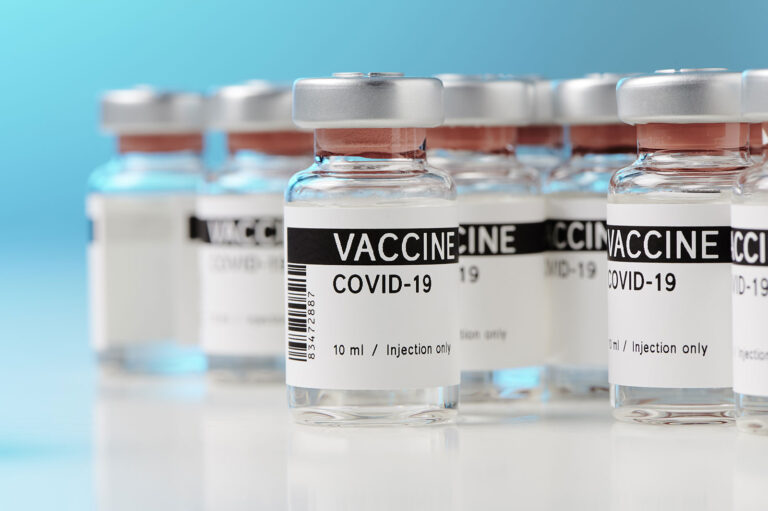Prevent Physician Resignations – An Approach
We’ve seen what COVID has done to fatigue physicians and frontline healthcare workers to a near breaking point. While physician burnout has captured headlines and spurred efforts to retain health care professionals in their field, the pandemic was far from the only or the main reason for healthcare workers participating in the great resignation.
Dr. Ronald Dixon, CareHive CEO, spoke to Part B News, a leading source for health provider news, about employing creative measures to retain physicians. Here is some of his guidance.
Revealing the real stress drivers
Within the last two-plus years, the assumption has been that the main driver of physician burnout was the extensive increase in hours treating patients with COVID and other maladies. A recent story from The Atlantic paints a picture of frustration within the medical community that was already in place, but exploded during the COVID outbreak — difficult working conditions, reduced benefits, canceled raises, and being forced to work more shifts with longer hours were key causes. The recent MedScape Physician Burnout & Depression Report 2022, goes even further to point out that while the above reasons pushed doctors to the edge, the ever-rising tide of administrative tasks is the overwhelming stressor, according to 60% of the doctors polled.
A path to solving the problem
“I believe the emphasis on provider satisfaction leads naturally to value-based models and technology that can enable clinical associates and health IT systems to handle some provider burdens, both clinical and administrative,” Dr.Dixon told Part B News. “The challenge requires resources, especially in a fee-for-service environment. When revenue goes down, people cut support, then clinicians do the work instead.”
Dr. Dixon believes a more value and outcome-oriented payment system, such as what we’re seeing in certain segments of Medicare Advantage, is preferable because it’s more about the outcome than the service delivered.
Said Dr. Dixon, “A more creative and effective approach looks like distributed labor and responsibilities in patient care. Our virtual health platform, CareHive360, uses this approach by automating intake, analyzing patient needs, and routing care tasks to appropriate parties. This approach removes the administrative work from physicians and nurses, resulting in greater time savings and a greater sense of satisfaction at work.”
Additional administrative support can also include providing in-house billers to:
- Assist with managing documentation
- Provide compliance education
- Install and manage an effective EHR system that makes all aspects of documentation easier.
Dr. Dixon further states: “I believe that taking this approach will lead to an array of positive benefits, including faster and improved responses to patient issues, leading to improved patient satisfaction and outcomes, which leads to a smaller list of patient calls emails needing responses, leading to less stress for the primary care team and costs savings via increased physician and nurse retention.”
Choosing to do nothing is a choice.
While CareHive’s approach is atypical, it forces us all to ask: “what do we risk if we continue to do nothing?” Imagine a scenario where our next public health crisis – perhaps in the aftermath of COVID-19 – has a health care ecosystem that has no engine driving it because essential primary care teams that coordinate wrap-around care for patients are no longer there. Is that the price we’re willing to pay to continue doing what we’ve always done?






